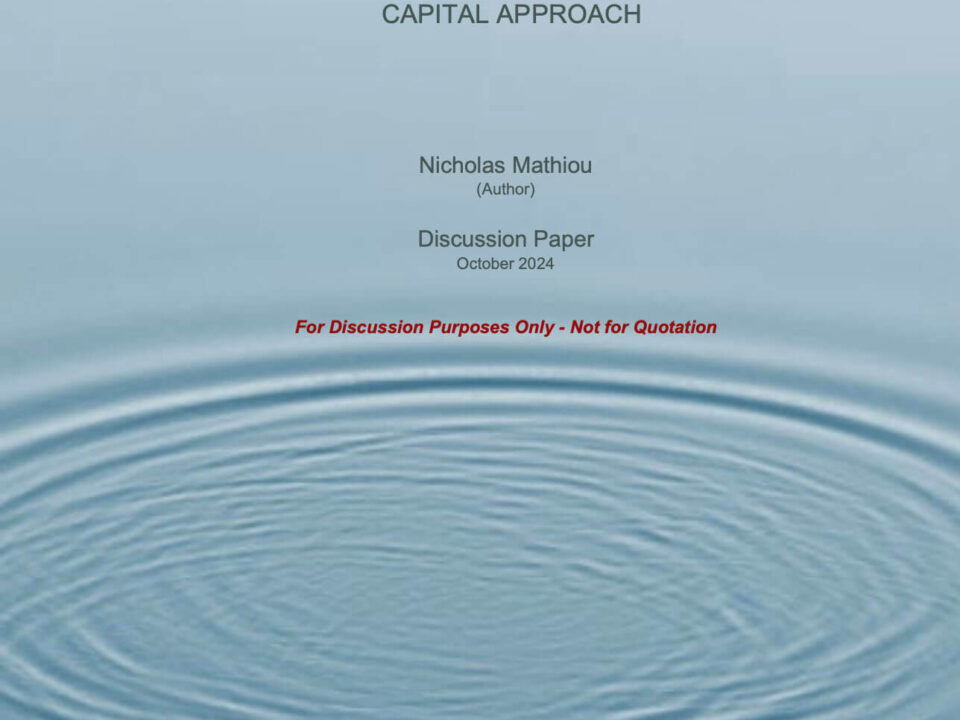The University Imperative Critical Proficiencies
February 11, 2022The University Imperative – Operating Model
February 11, 2022The University Imperative – Engagement Model

“Knowledge is of two kinds. We know a subject ourselves, or we know where we can find information on it.”
– Samuel Johnson.
Photo: Rafael Rex Felisilda, Unsplash
Determining the best ways to maximise societal impact is challenging for universities that are operating with constrained resources in increasingly dynamic environments. It calls for strong decisions based on reliable information that has been garnered astutely and efficiently.
Universities seeking to maximise societal impact invariably must have an outward focus on major societal needs, and must shape education programs and research outcomes, together with partners, to address those needs.
As a result, universities are presented with many different reasons to ‘engage’. These include garnering market intelligence and insights, building relationships and networks, creating buy-in through shared vision, fostering active support from key stakeholders, structuring flexible and sustainable partnerships, and working with partners to ensure the most people in need have access to programs, products and services.
This diversity of reasons, coupled with the breadth of activities across a university, can make the nature and scope of engagement seem astonishingly complex, and can lead to disparate activities that are often ineffectual or dilutive.
How can universities direct their engagement activities purposefully so their efforts are effective, productive, and likely to result in the delivery of great socio-economic benefit? How does a university design an effective engagement model?
These important questions require considered investigation.
The answers are found by first determining purposeful engagement activities and then coupling them with supporting internal and external channels for engagement. And the frameworks introduced in earlier blogs provide the keys to unlocking the conundrum!
Purposeful Engagement
There are three simple but key steps required to advance from directionless to purposeful engagement.
Step one: Appreciate the overarching objective of engagement from the outset. Is the major objective to: (1) set organisational direction (viz., determine what we will do); (2) curate opportunities; (3) shape partnerships, or (4) work with partners to deliver outcomes?
Step two: Recognise the purpose of engaging for each distinct objective. For example, the purpose to engage when the objective is to set organisational direction is to 'inform' (lots about this in previous blogs). The purpose to engage when the objective is to curate opportunities, is to 'enlist' (viz., source and design offerings to facilitate uptake and utilisation). The purpose to engage when the objective is to shape partnerships, is to 'structure' (viz., shape mutually beneficial and enduring partnerships). And when the objective is to deliver outcomes, the purpose of engaging is to 'perform' (viz., maximise the delivery of socio-economic benefits).
Step three: Focus engagement activities based on the purpose for engaging. For example, the purpose to engage when the objective is to curate opportunities is to 'enlist'. To enlist, internal engagement activities focus on orienting and deploying resources to provide solutions (viz., ‘activating’). External engagement activities focus on identifying and articulating the problem to be solved (viz., ‘understanding’). For example, when the objective is to shape partnerships, the purpose of engaging is to 'structure'. To structure, internal engagement activities are focused on determining university approaches to solving problems, identifying the best combination of resources required to solve problems, assembling offerings and determining the appropriate partnership terms ('craft'). External engagement activities involve exploring ways to work together, identifying and selecting the best partners, shaping and justifying offerings and shaping partnerships ('attract'). For example, when the objective is to deliver outcomes, the purpose of engaging is to ensure stakeholders 'perform'. Here, internal engagement activities focus on 'managing' and external engagement activities on 'leveraging' outcomes.
By clarifying objectives and recognising the associated purposes to engage, a matrix of focused engagement activities can be developed. Hopefully, you are getting the gist. If you are, you’ve noticed that three very important principles underpin the approach to engaging purposefully.
First, when the objective is clear and the purpose determined, the questions to be answered become evident as do the engagement activities required to answer them. This helps maximise outcomes from a given resource envelope. Or to put it another way, it helps to stop wasting time and effort on (and developing that caffeine addiction from!) directionless and meaningless meetings.
Second, for each objective and matching purpose, the (now) focused internal and external engagement activities must operate in tandem. The questions to be answered require interrogation of both internal and external environments.
And, as a final takeaway, once you obtain an understanding of how to engage purposefully, the requisite internal and external engagement channels can be resourcefully established and utilised to achieve great outcomes.
If you would like to know more about establishing a great engagement model, involving an understanding of purposeful engagement and the requisite internal and external engagement channels to build and utilise, please refer to my book The University Imperative – Delivering Socio-economic Benefits for our World.
There are some really insightful concepts and examples detailed throughout.
For others who see the value in the concepts the book provides, but would like to know a little more, look out for forthcoming blogs about building a matching operating model and implementation model. These blogs help bring together all requisite activities needed to deliver great socio-economic benefits. We need universities (indeed all organisations), and their partners and collaborators, to deliver socio-economic benefits for our world.
I hope the book will help. A lot!
Please recommend the blogs and book to others.
We need as many people as possible on board, contributing to improving the world in which we live.
I look forward to our continued journey.
Nick & The University Imperative team.

